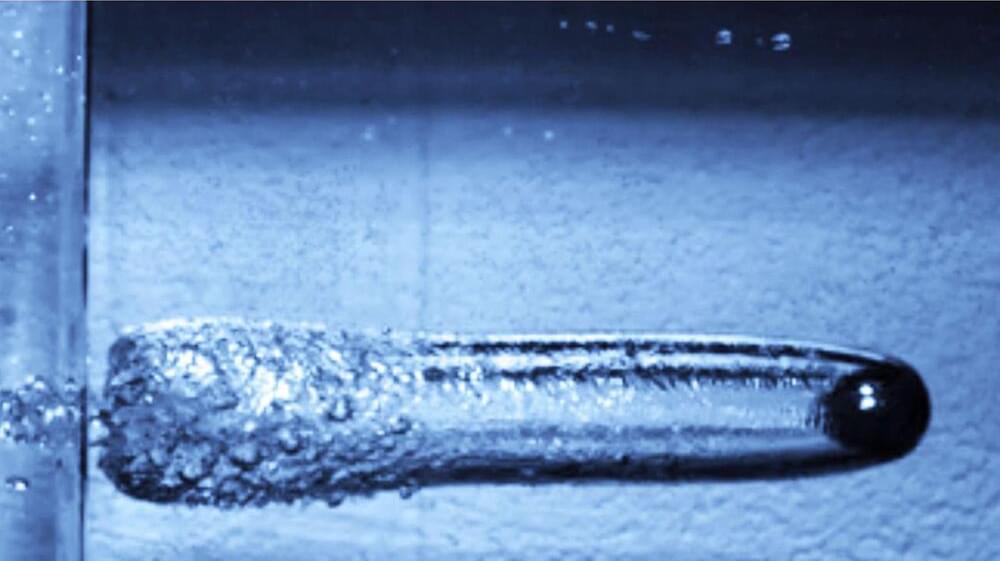The study is being funded by the U.S. Army and Air Force.
Researchers at the Case Western Reserve University in the U.S. are currently working toward an experiment that will record something that has never been captured at such a resolution before; the moment of impact when a projectile traveling at 9,000 miles (14,484 km) an hour hits a wall of water, a press release said.
Research of this nature has been done earlier, but that was nearly eight decades ago. Back in the 1940s, the U.S. military conducted such studies to gauge the impact of shockwaves from underwater explosions on boats and submarines.
The Daily.
Bryan Schmidt, an assistant professor of mechanical and aerospace engineering at Case Western Reserve University, expects that the upcoming experiments will be twice as fast as what has previously been studied, and the recording equipment is far superior now.








